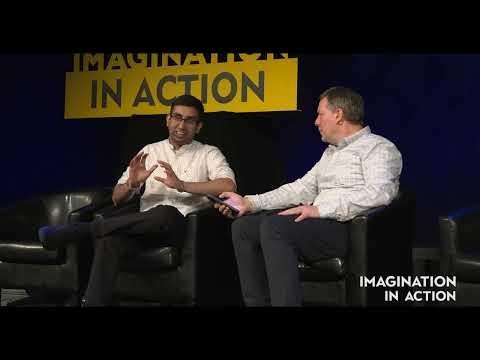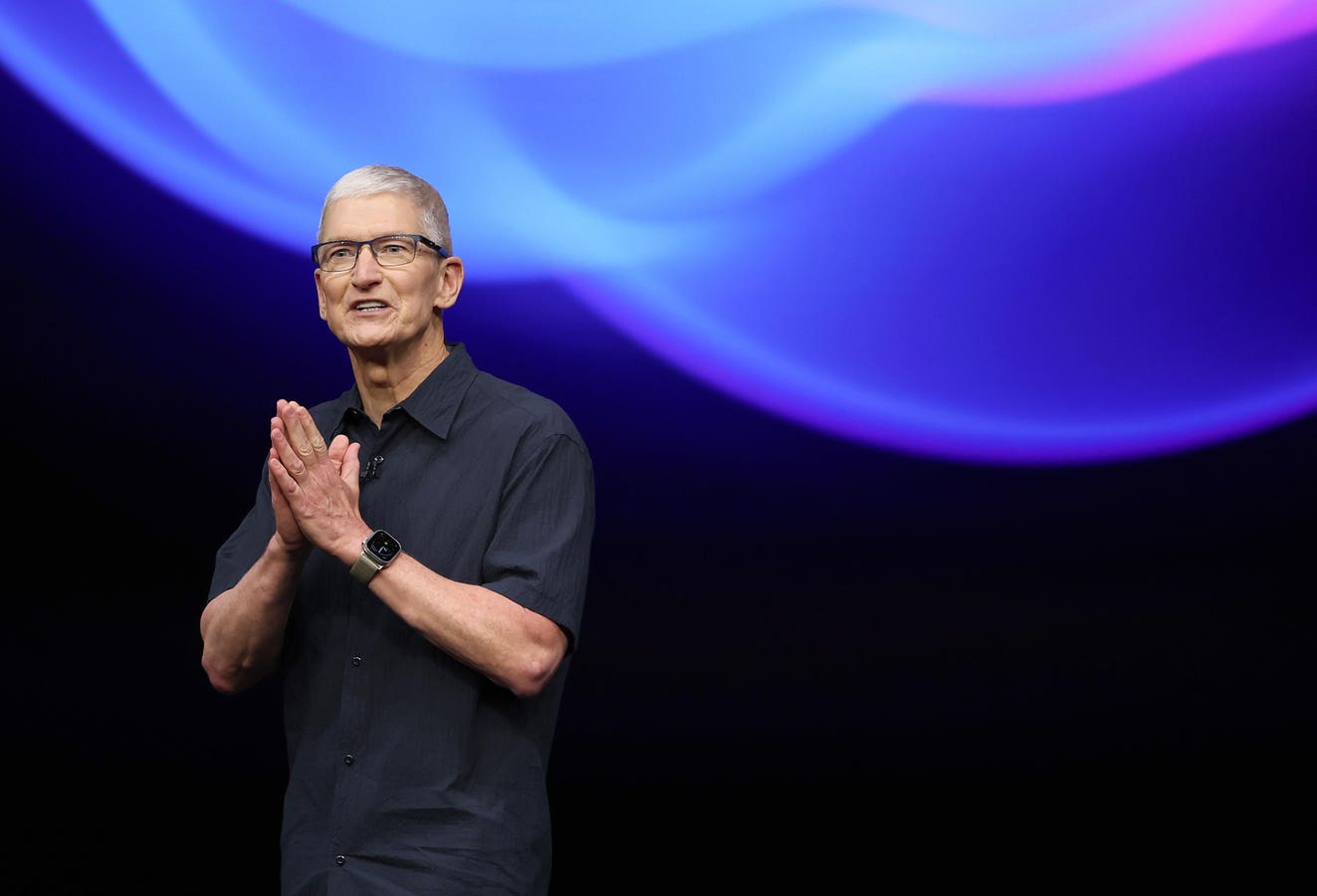The rise of no-code design has been like the building of a massive tower by a superhuman labor force – it’s been a whirlwind. Just a few months ago, no one had heard of “vibe coding,” and a couple of years ago, most code was still being written by hand.
So what happened?
Well, Andrej Karpathy introduced us to the term, but the idea itself sprang organically out of AI’s ability to create workable codebase products, as in the use of the new Lovable platform, where you can put in your ideas, and get cold hard code.
What does this mean for business?
Let’s take a look at a company that’s going places.
Catching the Wind
“We were a bunch of nerds,” Anshul Ramachandran says of his cadre of co-founders who built Codium, a firm now known as Windsurf. The group, he said, mostly knew each other for many years before the joint endeavor, and although he went to CalTech, multiple Windsurf pioneers attended MIT. I interviewed Ramachandran earlier in April, at an IIA event where he went into some of the biggest new changes in the AI world and how they relate to his firm’s success.
Turning to the history of tech and exclaiming that we are a “far cry from punchcards,” Ramachandran noted some of the effects of rapid advancement in 2024 and the first few months of this year.
“The only thing that has ever invariably happened is (that) we’ve had more developers every single time the nature of what a developer is has changed,” he explained, and then talk turned to the idea of software development is general.
What Is Software Development?
Again, Ramachandran posited the idea that AI will accelerate software development, but the core ideas will still be human-driven.
As for key skills for the next generation, he mentioned problem-solving, and understanding the limits of systems.
Software development as a whole is a “value creation” activity, he noted, not “value capture.”
Responding to my assertion that AI is “10xing to 1,000,000xing” processes, Ramachandran asserted that one main advancement involves breaking down silos. He painted a picture of senior software engineers fielding tedious design questions, and suggested this will free up time for the big questions about what’s being built, and why, with a company’s ability to also address backlogs as an alternative to just laying people off.
Ultimately, he suggested, we’ll have a race to develop more, with a lot of computer science students still signing up for coding 101.
More on Vibe Coding
When I asked about vibe coding, Ramachandran suggested the term has sort of a negative connotation, with people thinking engineers are “just vibing” rather than acknowledging the very real benefits to coders.
“I can put my brain on auto pilot,” he said, of his own use of tools. “It’s fantastic.”
Essentially, Ramachandran contended, these advances are just another tool in the tool kit.
“Everyone is a software engineer,” he said, noting two categories that he feels will be most disrupted: IT services, and B2B SaaS.
Use Cases and Strategic Implementations
Later, Ramachandran described useful deployments of new no-code practices, compared to something that is just, in his words, a “wrapper over a database.”
One of these involved project managers who can build prototypes instead of writing specs papers. In other words, no-code enables the “show, not tell” principle.
It’s also important, he said, to rethink the innovation pipeline.
Those Who Would Know
Conjecturing on the future of vibe coding and software development, Ramachandran pointed out that most people still don’t know what’s happening.
“Everyone here in this room, you’re already in, like, the 1% of people I talk to that recognizes something big is happening right now,” he said. “The vast majority of people I talk to don’t even realize that (no-code or vibe coding) is a thing.”
With that in mind, he described a roadmap for success, where the end goal is to help use AI to accelerate every part of the software development life cycle.
At the same time, Ramachandran cautioned, it’s important to keep your tool kit.
His advice: keep your CICD. Keep all traditional processes and systems for checking quality in place
“People have always been able to push bad code,” he noted. “AI did not create that overnight. Stack Overflow has existed. People have copied code from the internet for … the last couple of decades. So bad code has never really been the issue. It’s just that … now we can generate more code, and so those processes just become even more important, right? You shouldn’t remove those.”
As for job displacement, he said, that depends on what the company wants to do.
“The patterns of where people have to do work has changed, and that forced our hand in creating the product that we had to create,” he said.
The Windsurf Strategy
Ramachandran also shared a few thoughts on what his company is doing, specifically, pointing out value propositions that are discrete from those of the foundation model companies.
For example, he cited Windsurf’s progress on context awareness engines and various codebase tools.
But he also suggested that the company has a “moat on data.”
Here’s how Ramachandran describes this: Windsurf, with its product, can see what users tend to do. The company has data on what people choose to build, and how. This is something that is opaque to companies offering the foundational models.
Another core part of the design at Windsurf, he said, is to make something that feels “effortless, but powerful” – something that lifts users up on eagles’ wings. (That’s my metaphor).
Speaking of living creatures, we ended on talking about the idea of a beaver mascots that is common to both MIT and Caltech. Watch the video for more.
Reinventing Business
In the end, I came away with a few takeaways from this:
One is that we need to reinforce the infrastructure systems that support software design, even when it’s automated or outsourced to AI.
Another one is that we need the best interfaces to make things easy for people
A third is that the companies of the future are going to sink or swim based on how well they adapt to these realities. As I’ve pointed out so many times, the pace of innovation is staggering, and tomorrow is not going to look like today.
I thought we went over a lot in this conversation, and it’s worth keeping all of this in context as we move forward. GitHub is going to change. In-house devops is going to change. Stack Overflow has already changed. And the best and most adaptive companies will rule the day.








